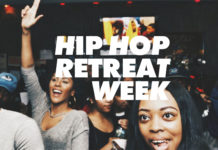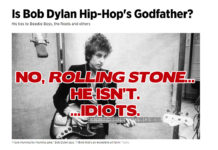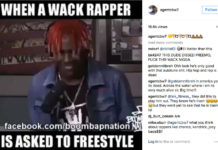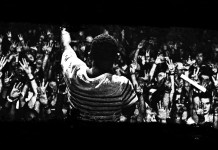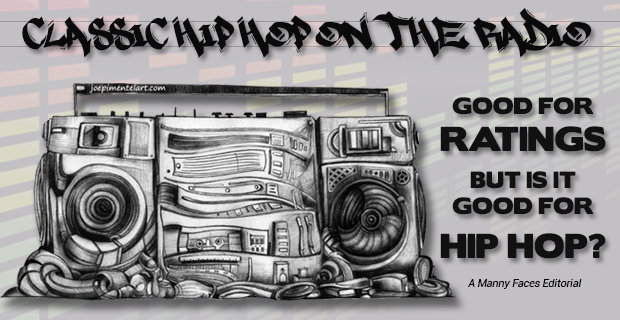Radio is flocking aboard the Classic Hip Hop format bandwagon and the initial numbers are impressive. However, the long run might not be so promising.
The terrestrial radio landscape received a sudden flurry of attention in recent weeks, as a few stations across the country started surprisingly jumping aboard a new format bandwagon: Classic Hip Hop.
Previously a format relegated to Sirius/XM radio’s Backspin, your Pandora application or a Music Choice channel to listen to while cleaning your house, the all-throwback format made a rather sudden and somewhat widespread surge onto FM airwaves.
One of the station’s credited with beginning this bold trend was Radio One’s Boom 92 (KROI-FM 92.1) in Houston, Texas. Soon, along with other Radio One holdings, several other radio companies joined in, flipping formats in cities like Dallas, Philadelphia, and Atlanta, which saw no less than three crop up.
Media attention, fueled by a story from the New York Times, was strong. With hip hop at something of a generational crossroads, many have noted the difficulty in pleasing all rap fans all the time. Older hip hop heads constantly bemoan rap’s modern-day vibe, particularly fans raised on a more “purest” form of rap music — one that focuses more on lyrical content and beat choices reminiscent of ‘90s boom bap style or West Coast G-Funk than current, murky, strip club friendly soundscapes.
To them, much of today’s rap sounds are blasphemous.
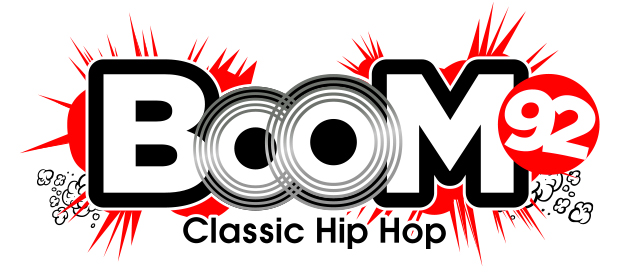
Initial ratings and public reaction to these unexpected format changes were exponentially positive. Boom 92 reported a tripling of ratings (the station had previously been struggling in an all-news format). That large audience of previously ignored rap listeners, generally aged 35 and up, flocked to these stations, and jumped on to social media to sing their praises.
All good for hip hop, right? Well, not necessarily.
What Goes Up, Might Come Down
Earlier this year, in an appearance on WBAI New York’s long-running hip hop radio show The Underground Railroad to discuss my ongoing petition with the FCC against iconic rap radio station Hot 97, I was asked by show host G-Man if I thought it was time for a classic hip hop station. I remarked that while the concept is appealing, and there was surely an audience for old school rap and R&B, I wasn’t sure there would be enough demand for a full-time classic rap radio station.
Indeed, while initial responses have been excellent, there has already been some cooling off. The New York Times, not 10 days after reporting on the successes of these stations, relayed updated information that might back me up. After the impressive burst, the paper reported, Boom 92’s ratings dropped a small, but not insignificant amount the following month. This surely conjures up fears for radio execs who undoubtedly recall the Birmingham station that had switched to such a format in 2011, only to change to another two years later.
Still, that was then, and this is now, and for now, the overall numbers are impressive. While we have to wait and see how the ratings trends pan out, old school heads are practically giddy at not having to wait until noon for their favorite throwbacks, or pay a premium with services such as Sirius/XM to enjoy dope jams from yesteryear while they drive to work or drop their kids off at the mall.
It does make sense though. As I noted in a 2011 editorial entitled “New York Hip Hop Is Not ‘Real’ Hip Hop,” the power of nostalgia in our musical lives is incredibly strong. Many aging hip hop heads without satellite radio have not been exposed to stations that cater to their good-ol’-days music mentality, so these formats are right up their alley.
However, classic hip hop in of itself is very diverse, even decade by decade, and tastes can differ wildly. Early ‘80s hip hop is markedly different from ‘90s hip hop, and while both technically fall under the now-growing subgenre of “Classic Hip Hop,” there will be fans of one decade’s rap style that might not necessarily feel there is enough emphasis on their sub-era of choice.
In fact, I question whether even die-hard rap fans even want to hear rap music all day, every day.
As a die-hard rap fan, I know I don’t.
At least for now though, for those who haven’t listened to Backspin, or been to a monthly Classics party in a while, this is hip hop heaven.
For rap music itself, however, it may actually be more like an unfulfilling purgatory.
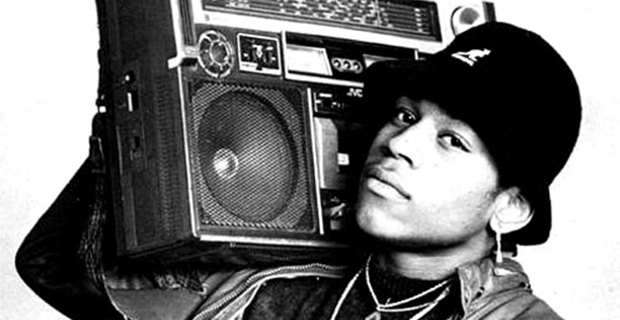
Back In the Days When I Was Young, I’m Not A Kid Anymore
Though many are enjoying the ride down rap’s memory lane, one problem with the idea of classic rap radio is that it does nothing to further diversify the current rap landscape, one of the main factors that has led so many to settle for an old school station in the first place.
This stifling of hip hop’s musical growth, led by corporate controlled radio behemoths, remains the single most disturbing side effect of uninspiring, profit-driven radio programming today. With playlists that rarely vary from market to market, the force feeding of artists chosen to represent hip hop to the masses and firms with zero interest in promoting or incorporating the breath or depth of hip hop music and culture as a whole, hip hop is losing its voice within mainstream channels.
The recent backlash against Australian pop rap artist Iggy Azalea is partial evidence that hip hop heads, old and new, are becoming increasingly unhappy with the attention being paid to certain types of artists at the expense of others. Classic hip hop radio may fill the void for some, but in doing so, fuels the often-repeated, but largely inaccurate premise that there is no modern hip hop being made that would appeal to mature hip hop heads.
This premise flies in the face of facts. As demonstrated in recent years by albums from veteran artists like Nas with Life Is Good, Cormega with Mega Philosophy, Pharoahe Monch with P.T.S.D., as well as young artists like Kendrick Lamar, Joey Bada$$ and J. Cole, and the eye-opening success of tag-team duo Run The Jewels, there is a plethora of rap music being made today that hip hop heads of all ages are enjoying simultaneously.
Truthfully, the decision to switch to an all-classic hip hop format is an easy, long-overdue one, but one that may not prosper once the novelty wears off. The true innovation in hip hop radio will be to not simply cram all these past hits onto a playlist, but to program a radio station that older hip hop heads can enjoy for the nostalgia, while also serving them new music that will appeal to those same sensibilities, from veteran artists looking to make a musical resurgence, as well as younger artists with music that may contain DNA of favorite throwback styles, yet mixed with modern flair.
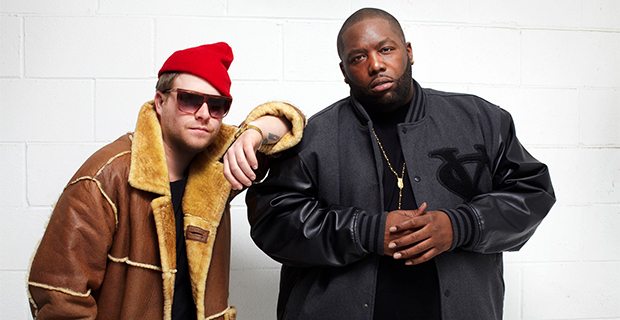
Future of the Funk
The real winner in the hip-hop-on-the-radio evolutionary chain might be a station that remembers that older hip hop fans, as with any genre’s dedicated youth, once delighted in the discovery and sharing of new music. Today, many of these fans can often be heard loudly protesting the state of the music as it rapidly changes before their ears, and are often derided as grumpy old “get off my lawn” haters of the new school.
But I see them differently.
In vehemently resisting the music of the day, they are demonstrating a continued passion about their music. But unlike aging rock fans and jazz purists before them, they don’t just want that old thing back.
I believe they really want hip hop music to continue growing.
To feed them nothing but throwbacks is to simply appease them, merely throwing a bone to settle for, when a full course could be served instead.
Not to mention, stations with this format do nothing to support the local hip hop community, a charge that, sadly, current rap stations are already guilty of and many of those same older fans are lamenting increasingly more.
As gigantic radio conglomerates like Emmis Communication and Clear Channel continue to use hip hop’s name in vain, these classic format radio stations are doing little more than conducting a fast cash grab, tugging on heartstrings of jaded rap fans, collecting a quick payout, and in all likelihood, already planning the next format change to execute, if and when demand decreases.
What hip hop really needs on terrestrial radio, particularly in a city with as much rich hip hop history and diversity as New York, is a “mature” rap station… Adult Contemporary Hip Hop, if you will. One that blends classic gems with carefully curated present-day treats, and sheds genuine light on other aspects of hip hop culture and community. That combination will not only attract an audiences that delights in nostalgic flashbacks, but will keep them there by providing new classics to get excited about and latch onto. Add to that a return to that most classic of radio ideals, community service, and you will have terrestrial radio that a giant, still-underserved market will not only flock to, but stick with.
Hip hop has thrived in times of heightened diversity, and faltered when the musical narrative becomes stale. Taking it back to the old school might be a welcome change for some, but for the music and culture to continue to evolve forward, we need to do more than just live in the past.
Featured “boombox” illustration courtesy of www.JoePimentelArt.com. Thanks Joe!
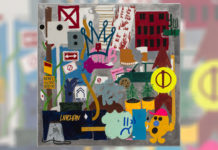
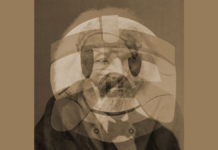
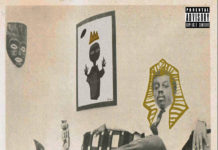
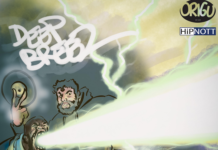

![The Underachievers – Crescendo [VIDEO]](https://www.birthplacemag.com/wp-content/uploads/2017/08/hqdefault-2-218x150.jpg)


![Fat Joe & Remy Ma ft. The-Dream – Heartbreak [VIDEO] Fat Joe Remy Ma The Dream - Heartbreak Video](https://www.birthplacemag.com/wp-content/uploads/2017/05/fat-joe-remy-ma-218x150.jpg)
![JSWISS featuring Chandanie – LML [VIDEO] JSWISS featuring Chandanie - LML [VIDEO]](https://www.birthplacemag.com/wp-content/uploads/2017/05/JSWISS-218x150.jpg)

![Akinyemi Ends Summer With “Summers” EP Release Show [9-17-17] Akinyemi 'Summers' EP release show at Brooklyn Bazaar](https://www.birthplacemag.com/wp-content/uploads/2017/09/summers-featured-218x150.jpg)
![4th Annual NYC VS EVERYBODY Yacht Party [9/16/17] #VSYacht 4th annual NYC VS Everybody Yacht Party#VSYacht](https://www.birthplacemag.com/wp-content/uploads/2017/09/vsyacht-218x150.jpg)

